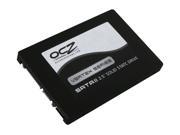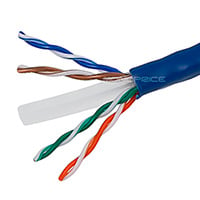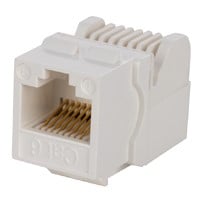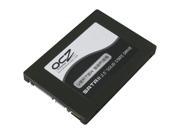JakFrost
Limp Gawd
- Joined
- Dec 2, 2005
- Messages
- 241
With all that storage onboard A gigabit network link should be considered unless the files are never going to move off the system except by USB or firewire. It'll take a long time to xfer 4TB of data.... even over wireless N. Wireless is fine for streaming and net usage. Not for heavy data xfer though.
Video card is fine, but not 'ultimate'
in my own experience with this same UPS A 750VA UPS is not powerful enough for this rig. Plasma and other components that are not on 24/7 and still don't suck as much juice as this thing will under full load.
Good luck in your build.
Media Transfer
I'll be loading the HTPC with my media over eSATA from my WD Green 1 TB drives and my WD Blue 500 GB drives at ~48-55 MB/s. That's about Gigabit Ethernet speeds from my testing.
The reason for this specific Linksys WMP300N wireless network adapter is not because of any merit of this part or Wireless N network standard but because my friend doesn't have a network cable run in his living room since his Internet enters his bed room that is two floors up and there is no network cable drop so he's limited to wireless connectivity. This card has an external antenna connected by a cable so that's the most important feature here allowing it to be moved to get a better signal reception than if the antenna was connected to the back of the card while the HTPC is stashed away in some corner of the room in-between electrically noisy A/V components.
I am certainly going to spec out his house to see if it is possible to do a in-wall CAT5e/6 network cable drop to his living room to ensure much better connectivity but for now this is the setup. I have the crimping and network cable testing equipment so I'll talk to him if he's interested in buying the raw network cable and a few Keystone jack plates and borrowing a cable snake to do the cable drop ourselves.
Having a network cable will be much better and more reliable than wireless of course and we could split the cable with a switch to allow other devices to get on the network.
Ultimate Video Card
Ultimate is such a relative term. You have to consider this is a HTPC build with the best bang-for-the-buck parts per category and not really the super-expensive Extreme Edition Black Version Superoverclocked Watercooled parts. I think that either the ATI 4850 and 4870 are great choices for this build. The other alternatives are the X2 versions of these cards but they just seem to expensive for the purpose of this system.
Current Card In Config
SAPPHIRE 100259-1GL Radeon HD 4870 1GB 256-bit GDDR5 PCI Express 2.0 x16 HDCP Ready CrossFire Supported Video Card - Retail - $199.99
Better Cards
SAPPHIRE 100260SR Radeon HD 4850 X2 1GB 512-bit (2 x 256-bit) GDDR3 PCI Express 2.0 x16 HDCP Ready CrossFire Supported Video Card - Retail - $259.99
SAPPHIRE 100270SR Radeon HD 4850 X2 2GB 512-bit (256-bit x 2) GDDR3 PCI Express 2.0 x16 HDCP Ready CrossFire Supported Video Card - Retail - $289.99
SAPPHIRE 100251SR Radeon HD 4870 X2 2GB 512-bit (256-bit x 2) GDDR5 PCI Express 2.0 x16 HDCP Ready CrossFire Supported Video Card - Retail - $404.99
Now you might be asking, but what about the nVidia GTX 280 or 295 video cards? Well the reason why I kept the nVidia cards out of the list is because of the audio pass-through limit these cards have, only allowing the S/PDIF connector to pass through 1.5 Mbps audio signal limiting these cards to 5.1-channel Dolby Digital (AC3) or 5.1-channel DTS. These cards can't do the super high quality lossless formats or 7.1-channel formats.
This is not a hit against nVidia cards since I personally am a nVidia fan and I use their video cards for my system, including my desktop that does HTPC duties, which is connected to my Plasma TV where I do audio over HDMI with 5.1-channel Dolby Digital (AC3) pass-through of up-mixing. I can't do 7.1-channels or lossless because of S/PDIF but for me currently 5.1-channels is enough since that's how many speakers I have. But in the future if I was building a new HTPC it would have to be 7.1-channel compatible.
AVSForum - Factual & Unbiased HTPC HDMI HD Audio + Video Roundup Thread
Power and Juice
The UPSes that I listed are just examples of what I used and what I recommend, of course each person will have to use a wattage meter to determine their load to figure out the right size of UPS to buy and also to add a little extra on top for longer battery life.
The 750VA might be enough for this HTPC if no other components are used but I don't know that right now so that's why I'm brining my own Kill-a-Watt P3 wattage meter so that I can measure the load on this system and other components under normal and full load to figure out how much power everything uses to make a better recommendation for my friend. We'll see after it's built and assembled and I'll be sure to post some benchmarks with power readings under 2D and 3D loads.
![[H]ard|Forum](/styles/hardforum/xenforo/logo_dark.png)














